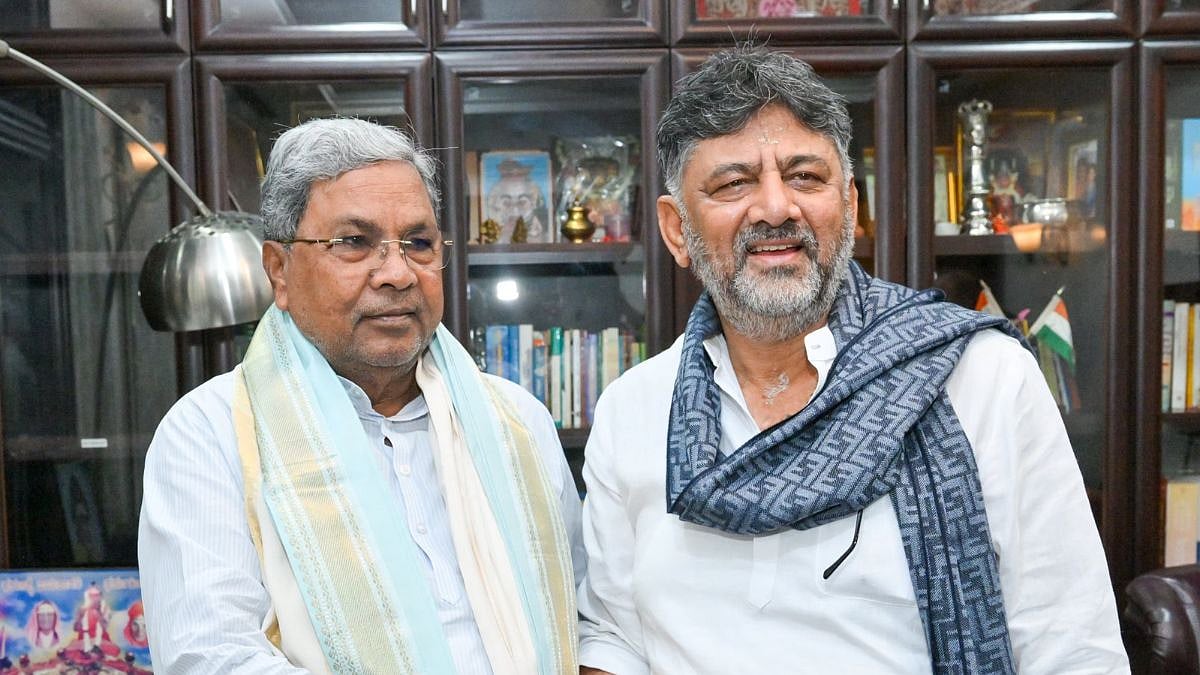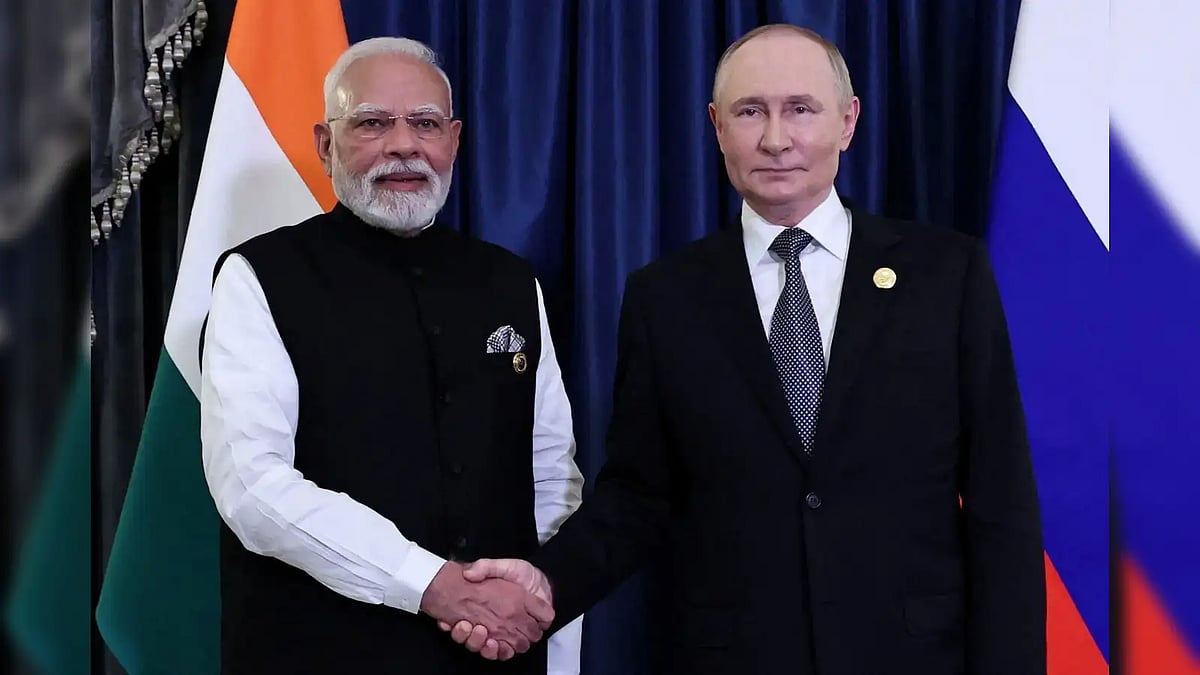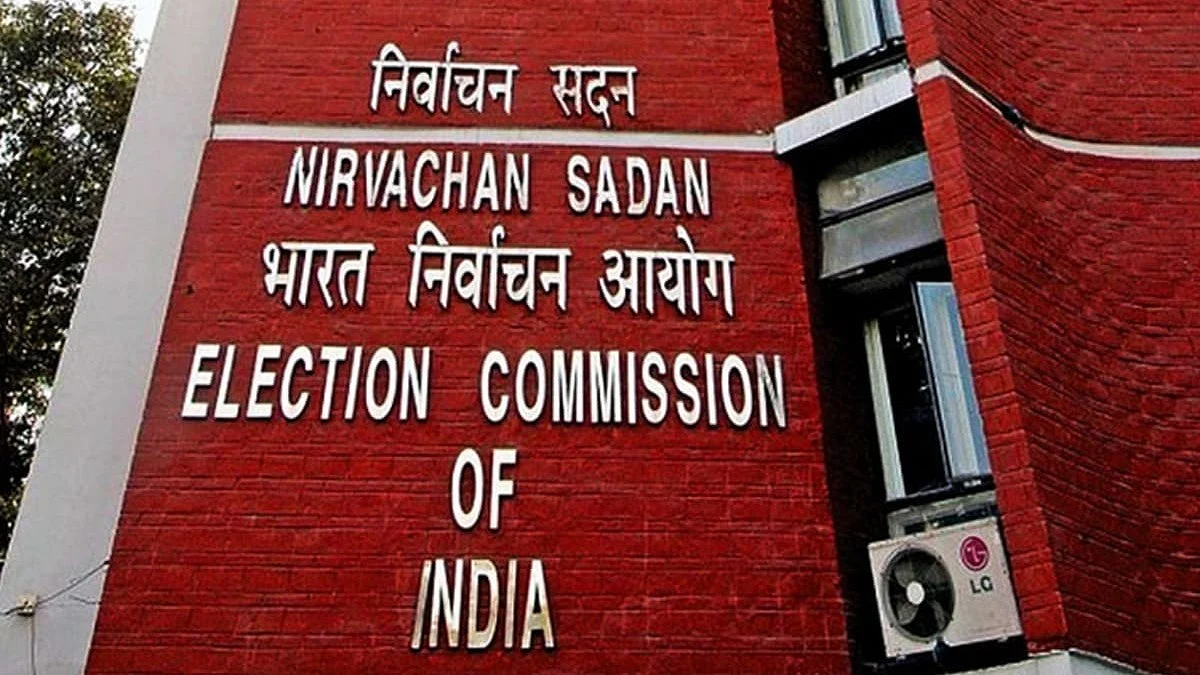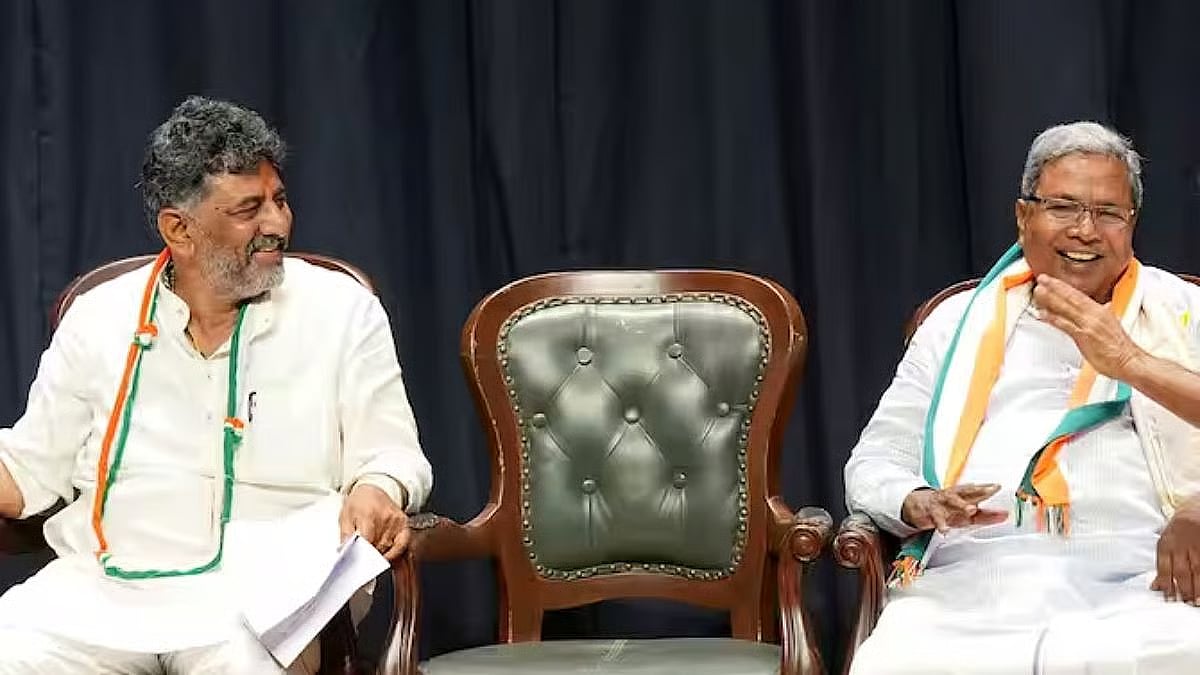Nestled within the Mumbai Metropolitan Region (MMR) lies a city that pulsates with life, commerce, and culture. Mumbai, the financial capital of India, is a melting pot of dreams and aspirations, drawing millions from far and wide. Yet, beneath its glittering skyline lies a labyrinth of urban challenges that threaten its sustainability and livability. From suffocating population density and choking air pollution to the glaring absence of walking infrastructure and the persistent specter of slums, Mumbai grapples with a myriad of issues that demand urgent attention and innovative solutions.
The Urban Planning Conundrum:
One of the most pressing challenges facing Mumbai is its staggering population density. With over 20 million residents crammed into a limited land area, the city is bursting at the seams. The strain on infrastructure, housing, and public services is palpable, leading to overcrowding, traffic congestion, and insufficient amenities.
Furthermore, rapid urbanization and unchecked growth have taken a toll on the environment, with pollution levels soaring and green spaces dwindling. The lack of proper urban planning and regulation has exacerbated these problems, resulting in a cityscape marred by haphazard construction and inadequate amenities. This article, however will focus on the three major issues suffocating the megacity of Mumbai, namely lack of affordable housing, revival of open spaces and revival of slums.
A. Affordable Housing:
The acute shortage of affordable housing in Mumbai is a pressing concern that exacerbates socioeconomic disparities and exacerbates slum proliferation. Public-private partnerships can play a pivotal role in bridging this gap by incentivizing developers to invest in affordable housing projects while ensuring quality construction and amenities.
The dearth of affordable housing in Mumbai is not merely a challenge; it's a crisis of monumental proportions. With the government's current definition of affordable housing setting the bar unrealistically high at less than 45 lakh rupees and less than 60 sq m, the reality is stark – there are virtually no affordable housing options available in Mumbai. Even the Government housing (MHADA) is not available in the city for less than Rs. 6 million. This alarming situation demands urgent action. The current scenario does not at all, meet the vision of the current central government – ‘Housing For All’.
A pragmatic solution lies in redefining the parameters of affordable housing, particularly for metro cities like Mumbai. The government should introduce a separate affordable housing index, removing price caps and expanding eligibility criteria to include all houses below 90 sq m. By doing so, millions of new homebuyers would become eligible for government initiatives like PMAY-U, stimulating demand and increasing housing stock.
There is a need to promote the rise of affordable housing by offering lucrative incentives to the private sector real estate players who, as of now, are turning away from the affordable housing schemes due to the rising construction costs and the complexities of bureaucracy. I would propose some innovative schemes like reduced stamp duty on houses less than 90 sq m and reduced approval charges for all schemes involving homes less 90 sq m will turn the game in favor of affordable housing immediately.
Additionally, the government must reconsider policies that hinder affordable housing development. Removing the restriction on input tax credit for construction and rationalizing the exorbitant premium and approval charges levied by the BMC on real estate developers – currently five times higher than other cities – are crucial steps toward making housing more affordable in Mumbai.
B. Open Space: Breathing Room in a Concrete Jungle:
Amidst the urban sprawl, open spaces are a precious commodity, offering respite from the concrete jungle and a sanctuary for recreation and relaxation. However, Mumbai's per capita open space falls far below international standards, with just 1.28 square meters of open space per person compared to the WHO's recommended minimum of 9 square meters. The scarcity of green lungs not only compromises the city's environmental resilience but also deprives its residents of much-needed breathing room. Over the years, Mumbai's civic society has voiced apprehensions about the city's dwindling public spaces, attributing the loss to outdated policies, bureaucratic hurdles, and fragmented governance structures. As Mumbai confronts the looming specter of climate change, underscored by recent warnings from the IPCC, the need for a comprehensive approach to urban planning has never been more urgent.
Understanding the Deficit:
Mumbai, India's financial powerhouse, sprawls over 604 square kilometers and is home to a staggering population of 12 million. Yet, the city grapples with a glaring shortage of accessible green open spaces, a vital component for fostering sustainable urban communities. Shockingly, Mumbai offers a mere 1.24 square meters of accessible open space per person, trailing behind global benchmarks and even lagging behind other Indian cities like Delhi and Bangalore.
Challenges and Policy Revisions:
The 2014-34 development plan aimed to address this deficit by revising the definition of open space, seemingly catapulting Mumbai's open space percentage to 46 percent. However, this revision included environmental areas that are often inaccessible to the public, raising questions about the true accessibility of these spaces. While global organizations offer guidelines for open space per capita, Mumbai falls short, highlighting the need for a nuanced approach to urban planning.
The Brihanmumbai Municipal Corporation (BMC), in its 2014-34 development plan, purported to elevate Mumbai's open space percentage from 26% to a commendable 46% by 2016. However, this achievement was marred by a contentious revision of the definition of 'open space', which included inaccessible environmental areas, casting doubt on the credibility of the reported progress.
Despite claims of progress, Mumbai still falls short of international benchmarks set by esteemed organizations. The World Health Organization (WHO) advocates for a minimum of nine square meters of open space per capita in urban areas, a figure far from Mumbai's reality. Moreover, the BMC's budget allocations for open space maintenance have dwindled over the years, reflecting a concerning lack of prioritization.
Legislation, particularly the archaic BMC Act of 1888, fails to mandate the maintenance of open spaces, relegating it to a discretionary duty. Efforts to amend this legislative gap have been thwarted, perpetuating a cycle of neglect.
Proposals for reform are imperative. The 74th Amendment and the BMC Act require urgent revision to mandate the governance of urban amenities like parks and gardens. Development plans must not merely remain lofty aspirations but be enforced rigorously, with transparent monitoring mechanisms in place. A unified open spaces policy, transcending narrow jurisdictional confines, is essential for effective governance.
Crucially, the legal framework governing Mumbai's open spaces must align with constitutional mandates and contemporary needs, ensuring a sustainable future for generations to come. By heeding these imperatives, Mumbai can redefine its trajectory towards a greener, more equitable urban landscape.
Highlighting the Urgency: Mumbai's Open Space Crisis in Numbers
London: 31.68 square meters per capita
New York City: 26.4 square meters per capita
Tokyo: 3.96 square meters per capita
Mumbai's accessible open space: 15.37 square kilometers
Mumbai's inaccessible open space: 128.41 square kilometers
BMC's budget allocation for open space maintenance (2017-18): 1.3% of total budget
BMC's budget allocation for open space maintenance (2020-21): 0.7% of total budget
BMC's current land use: 3.7% open space
WHO recommended minimum: 9 square meters per capita
UN recommended: 30 square meters per capita
EU acceptable: 26 square meters per capita
URDPFI guidelines: 10-12 square meters per person
Path to Reform:
To address these pressing issues, a multi-faceted approach is imperative:
Legislative Reforms: The archaic BMC Act and MRTP Act require urgent overhaul to mandate open space maintenance as a mandatory duty. Revising the 74th Constitutional Amendment and empowering municipal bodies can enhance accountability and streamline governance.
Implementation of Development Plans: Ambitious development plans must translate into tangible action, with streamlined processes for land acquisition and permissions. Annual monitoring mechanisms and citizen engagement forums can ensure accountability and transparency.
Unified Policy Framework:
A comprehensive open spaces policy, encompassing all relevant stakeholders and jurisdictions, is essential. This policy should prioritize accessibility, equitable distribution, and sustainable management of open spaces, transcending narrow jurisdictional boundaries.
In reimagining Mumbai's open spaces, we must prioritize intergenerational equity, resilience to climate change, and community-centric approaches. As we chart a course towards a greener, more inclusive Mumbai, let us seize this opportunity to forge a new paradigm of urban development—one that places people and nature at its heart. Through collective action and visionary leadership, we can transform Mumbai into a city where open spaces thrive, communities flourish, and future generations inherit a legacy of sustainability and resilience.
To address this scarcity, the BMC must incentivize the creation of public open spaces through innovative schemes. Developers and landowners who contribute land for common public use should receive incentives such as property tax rebates, subsidized premiums or approval charges, or additional Floor Space Index (FSI) for the remaining land parcel. This approach not only fosters public-private participation but also expands Mumbai's open space inventory, enhancing the city's livability and resilience.
C. Slums: The Shadow of Inequality:
In the shadows of Mumbai's gleaming skyscrapers lie vast swathes of slums, where millions eke out a living in squalor and deprivation. According to recent estimates, over 40% of Mumbai's population resides in slums, enduring cramped quarters, inadequate sanitation, and limited access to basic services. The persistence of slums not only underscores the city's stark socio-economic disparities but also poses a formidable challenge to urban planners striving for inclusive development. In Mumbai, the specter of slums looms large, representing not only a housing crisis but also a proof to systemic failures in urban development. Traditionally, the approach to slum upgrading has been marred by inefficiency and disregard for residents' needs, resulting in a cycle of poverty and marginalization. It's evident that the current strategy of providing free housing to slum occupants is not only unsustainable but also counterproductive, leading to the proliferation of new slums and perpetuating dependency.
Promoting Rental Housing and Livelihood Skills:
Rather than perpetuating dependency through free housing schemes promoted in Mumbai by the Slum Rehabilitation Authority, promoting rental housing initiatives can empower slum dwellers while fostering a sense of ownership and responsibility. Implementing rental housing schemes with notional rent and pay-as-you-use models incentivizes residents to invest in their communities while providing affordable housing options. An addition of common community spaces where in the rehabilitated slum dwellers can carry on with their micro business models, trading etc by paying a notional rent can be a booster for rehab purposes of slum dwellers. Furthermore, promoting education and livelihood skills within slum communities empowers residents to break the cycle of poverty and build sustainable livelihoods, enhancing their socio-economic well-being.
Embracing Community-Centric Solutions:
The traditional approach to slum upgrading, characterized by top-down interventions and forced evictions, has proven ineffective and unjust. Instead, adopting a community-centric approach that prioritizes residents' participation and consent is crucial. Slum dwellers are not merely beneficiaries but active stakeholders in the process of urban transformation. Providing rental housing options with common community spaces where residents can pursue micro-businesses and trades fosters economic empowerment and social cohesion within slum communities.
Reimagining Slum Rehabilitation:
The Slum Rehabilitation Authority (SRA) though with noble intentions, have been falling short of its intended goals, largely due to its focus on relocating slum dwellers into high-rise buildings that fail to meet their needs and preferences. Instead of perpetuating dependency on free housing, a small paying model with community spaces for livelihood activities can provide a more sustainable solution. Additionally, implementing a robust ban on selling rehabilitation units for at least two generations ensures that housing remains accessible to those in need.
Harnessing Digital Tools for Slum Management:
With the proliferation of Jandhan accounts and digital identification tools, there's an opportunity to streamline slum management and reduce dependency on arbitrary eligibility criteria. Identifying eligible slum dwellers based on their bank accounts, Aadhar card, voter ID, and utility bills ensures transparency and accountability in housing allocation. Furthermore, associating a token amount with upgraded housing options instills a sense of ownership and responsibility among slum dwellers, fostering a culture of self-reliance and resilience.
About the author: Keval is an architect and urban planner and COO of CREDAI-MCHI. He is also a real estate, policy and planning expert and a bravery award winner from the Higher Sheriff of Greater London, the UK.









